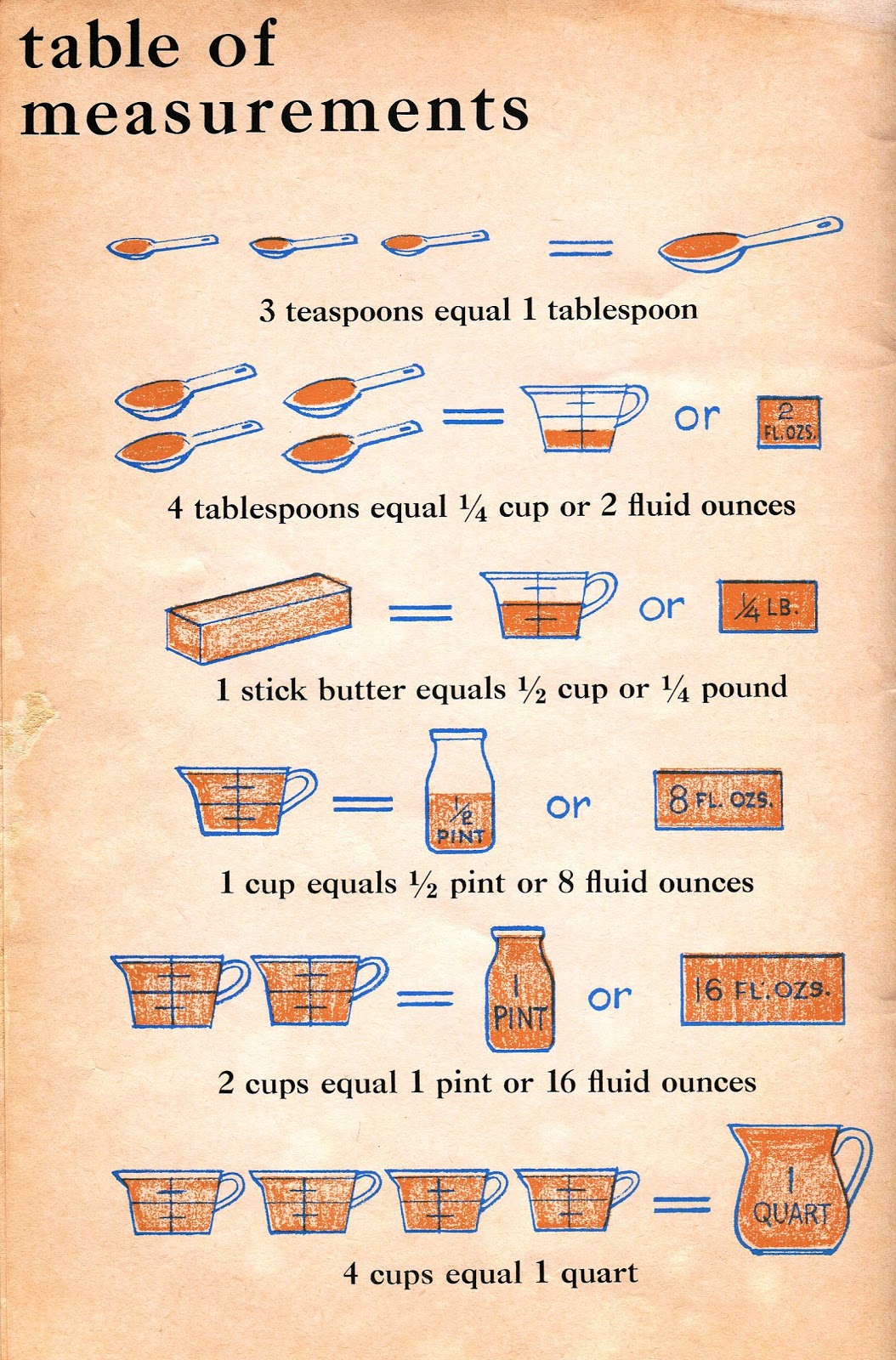Conquer Your Kitchen: The Ultimate Guide to Measurement Conversions
Ever found yourself staring blankly at a recipe, utterly confused by the difference between a dry ounce and a fluid ounce? Or perhaps you've attempted to bake a cake using a European recipe, only to end up with a dense, inedible brick thanks to metric measurements? You're not alone. The world of culinary measurement can feel like a labyrinth of teaspoons, tablespoons, cups, milliliters, and grams, leaving even seasoned cooks scratching their heads.
This is where the humble, yet powerful, cooking measurement conversion chart comes into play. It's the Rosetta Stone of the kitchen, translating between different units of measurement and ensuring your recipes turn out exactly as intended. Whether you’re a novice baker or a seasoned chef, understanding measurement equivalents is fundamental to consistent cooking success.
Imagine trying to build a house without a ruler or a tape measure. You might get close, but the results would likely be… interesting. Cooking is no different. Precision in measurement is crucial, especially in baking where the ratios of ingredients directly impact the final product. A cooking measurement conversion chart is your trusty tape measure, ensuring accuracy and preventing culinary disasters.
The need for standardized measurements in cooking likely emerged with the development of written recipes. As cooks began sharing their culinary creations, the necessity for consistent measurements became clear. Early cookbooks often relied on imprecise units like "a pinch" or "a handful," leading to inconsistent results. The gradual shift towards standardized units like cups, teaspoons, and tablespoons, along with the adoption of metric measurements in many parts of the world, gave rise to the need for handy conversion charts.
Today, with the increasing globalization of cuisine and the ease of accessing recipes from all over the world, cooking measurement conversion charts have become indispensable. They bridge the gap between different culinary traditions and measurement systems, allowing cooks to confidently explore recipes from different cultures.
A cooking measurement conversion chart typically displays equivalent measurements for common ingredients in different units. For instance, it will tell you that 1 cup equals 8 fluid ounces, 16 tablespoons, or approximately 240 milliliters. These charts can be found in cookbooks, online resources, and even printed on handy kitchen magnets.
One of the key benefits of using a cooking measurement conversion chart is improved accuracy. By precisely converting measurements, you ensure that your recipes will turn out as expected. This is particularly important in baking, where even slight variations in ingredient quantities can drastically affect the final result.
Another advantage is the ability to adapt recipes to different serving sizes. If you need to double or halve a recipe, a conversion chart helps you easily adjust the ingredient amounts without compromising the balance of flavors and textures.
Furthermore, measurement conversion charts empower you to explore recipes from different cultures and culinary traditions. With the ability to easily convert between metric and imperial units, you can confidently tackle recipes from any corner of the world.
To successfully implement measurement conversions in your cooking, keep these best practices in mind: Always double-check your conversions, especially when working with unfamiliar units. Invest in a good quality set of measuring cups and spoons. When substituting ingredients, consider the density and volume as conversions may not always be straightforward. Print out a handy conversion chart and keep it in a visible spot in your kitchen. And finally, practice makes perfect – the more you use a conversion chart, the more comfortable and confident you will become.
Advantages and Disadvantages of using a Cooking Measurement Conversion Chart
| Advantages | Disadvantages |
|---|---|
| Improved accuracy in cooking and baking | Potential for errors if conversions are not done correctly |
| Easy adaptation of recipes for different serving sizes | Can be time-consuming for complex conversions |
| Facilitates exploration of diverse culinary traditions | Requires access to a reliable conversion chart or tool |
Here are a few frequently asked questions:
1. What is the difference between a dry ounce and a fluid ounce? - Fluid ounces measure volume, while dry ounces measure weight.
2. How do I convert grams to cups? - Use a conversion chart or online converter specific to the ingredient you're measuring.
3. Are all conversion charts the same? - Generally, yes, but double-check the units being used.
4. What is the best way to measure sticky ingredients like honey? - Spray your measuring cup or spoon with cooking spray before measuring.
5. How do I halve an egg? - Whisk the egg and then use half of the whisked volume.
6. Can I convert recipes between volume and weight measurements? - While possible, it's best to stick to the units provided in the recipe for accuracy.
7. Are online conversion calculators reliable? - Yes, most are, but ensure they are reputable sources.
8. Where can I find a printable cooking measurement conversion chart? - Many websites offer free printable charts.
One helpful tip is to create your own personalized conversion chart with the units you use most frequently. This can save you time and effort in the long run.
In conclusion, the cooking measurement conversion chart is an invaluable tool for anyone who spends time in the kitchen. From ensuring accurate measurements to adapting recipes and exploring different cuisines, understanding and utilizing measurement conversions can elevate your cooking skills and empower you to create delicious dishes with confidence. By embracing the power of the conversion chart, you transform from a hesitant cook into a culinary master, ready to tackle any recipe with precision and flair. So, ditch the guesswork, embrace the accuracy, and embark on a culinary adventure fueled by the magic of precise measurement. The world of delicious possibilities awaits!
Brighten your day exploring the world of guten morgen bilder kostenlos
Unveiling the mystery your guide to mail from po box 7251 sioux falls sd 57117
Unleash your inner wizard the magic of harry potter ink pens














